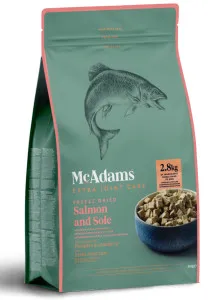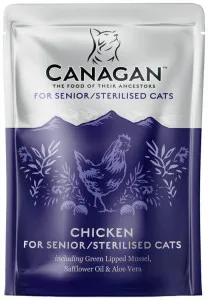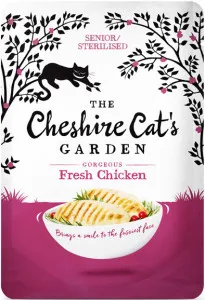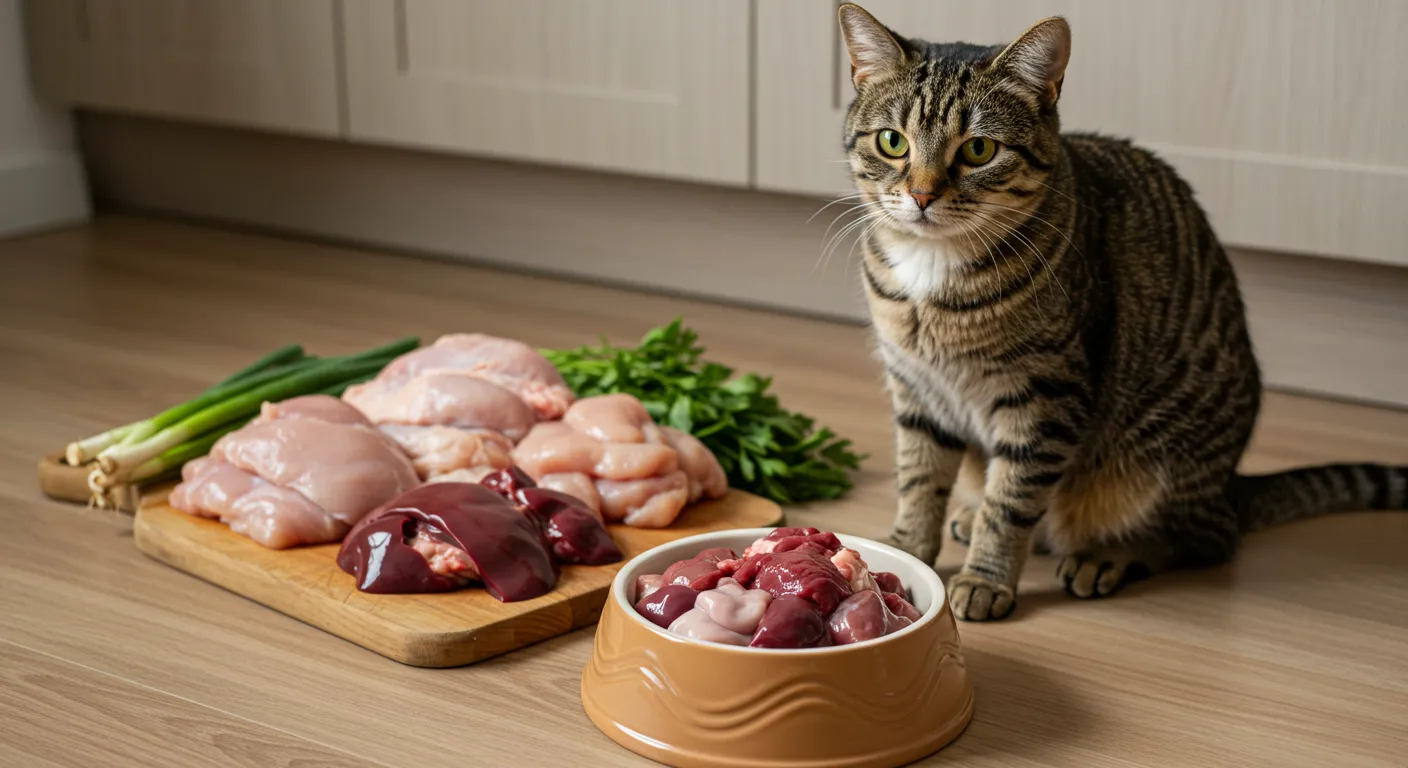Feeding your cat a raw food diet can provide numerous health benefits, including shinier coats, better digestion, and increased energy—but it also comes with risks like bacterial contamination and nutritional imbalances if not prepared properly. If you're considering switching to raw cat food, it's important to weigh the pros and cons carefully and consult your vet.
What Is a Raw Food Diet for Cats?
A raw food diet for cats typically consists of uncooked meat, organs, and bones, mimicking what they would eat in the wild. This type of diet is often referred to as Biologically Appropriate Raw Food (BARF) or a prey model diet . Proponents argue that raw feeding aligns with a cat's natural carnivorous instincts and provides optimal nutrition.
Types of Raw Cat Food
- Commercial Raw Food: Pre-packaged, balanced raw meals available in frozen or freeze-dried forms.
- Homemade Raw Food: DIY meals made from fresh ingredients, requiring careful balancing of nutrients.
- Prey Model Diet: Whole or ground-up prey animals (like mice or chicks) to simulate a wild diet.
- Improved Digestion: Raw food is easier for cats to digest, leading to smaller, less smelly stools.
- Healthier Skin & Coat: Natural fats and proteins in raw meat promote a shiny, soft coat.
- Better Dental Health: Chewing raw meat and bones can reduce plaque buildup.
- Higher Energy Levels: Cats often become more active and playful on a raw diet.
- Weight Management: High-protein, low-carb meals help maintain a healthy weight.
- Bacterial Contamination: Raw meat can carry Salmonella or E. coli , posing risks to both cats and humans.
- Nutritional Imbalances: Homemade raw diets may lack essential vitamins and minerals if not properly formulated.
- Bone Hazards: Whole bones can splinter and cause choking or intestinal blockages.
- Parasites: Uncooked meat may contain parasites that can infect your cat.
- Choose high-quality commercial raw food to ensure balanced nutrition.
- Practice safe handling —wash hands, bowls, and surfaces thoroughly.
- Consult a veterinary nutritionist if preparing homemade meals.
- Freeze meat for at least 72 hours to kill potential parasites.
- Start Slow: Mix a small amount of raw food with their current diet.
- Increase Gradually: Over 7-10 days, increase the raw portion while decreasing kibble.
- Monitor Reactions: Watch for vomiting, diarrhea, or refusal to eat.
- Stay Patient: Some cats take weeks to fully adjust.
- "Cats Need Carbs": False—cats are obligate carnivores and thrive on protein and fat.
- "Raw Food Is Always Dangerous": Proper handling and sourcing reduce risks significantly.
- "Kibble Is Safer": Processed foods can contain fillers and preservatives that aren’t ideal for cats.
Benefits of Feeding Your Cat Raw Food
Many cat owners who switch to raw feeding report noticeable improvements in their pet's health. Here are some potential benefits:
Potential Risks of Raw Feeding
While raw food can be beneficial, it's not without dangers. Here are the main concerns:
Recommended Products

McAdams Freeze Dried Salmon & Sole is an excellent choice for what happens if you feed your cat raw food?. This cat food contains Sustainably Sourced Salmon 60% and other high-quality ingredients that promote overall health.

Canagan Senior/Sterilised is an excellent choice for what happens if you feed your cat raw food?. This cat food contains Fresh Chicken 80% and other high-quality ingredients that promote overall health.

The Cheshire Cat's Garden Senior Sterilised is an excellent choice for what happens if you feed your cat raw food?. This cat food contains Fresh Chicken 80% and other high-quality ingredients that promote overall health.
How to Minimize Risks
Transitioning Your Cat to Raw Food
Switching from kibble to raw food should be done gradually to avoid digestive upset. Follow these steps:
Common Myths About Raw Cat Food
There’s a lot of misinformation about raw feeding. Let’s debunk some myths:
What Do Veterinarians Say About Raw Cat Food?
Opinions among vets vary. Some support raw feeding, while others caution against it due to health risks. The Pet Food Analyzer can help you compare different diets and make an informed choice. Always discuss dietary changes with your vet, especially if your cat has health issues.
Final Thoughts: Is Raw Food Right for Your Cat?
Raw feeding can be a great option for some cats, but it’s not a one-size-fits-all solution. If you’re considering it, research thoroughly, choose high-quality ingredients, and consult your vet. For more guidance on feline nutrition, check out our Pet Food Analyzer to find the best diet for your furry friend.
